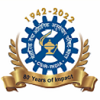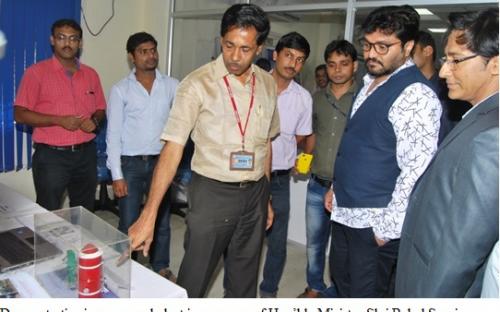A large international accelerator facility – the Facility for Antiproton and Ion Research (FAIR) - is being built at GSI (Helmholtzzentrum für Schwerionenforschung), Darmstadt (Hesse), Germany. FAIR is formed by an International treaty on 4th October 2010 with an investment proposal in the order of 250 billion Euros by participating countries (http://www.fair-center.eu) and will be realized in stages. The Republic of India signed the FAIR convention on 4 October 2010 in Wiesbaden, Germany and India’s contribution to the FAIR construction to be in kind. India is the third largest shareholder in FAIR science project and is represented by Indo Fair Coordination Committee (IFCC), formed by Department of Science and Technology (DST) and department of Atomic Energy (DAE). India’s participation is in the design and development of magnets, detectors and beam stoppers which is a significant step towards International collaborative research and “Make in India” philosophy.
Welcome, Monday , Dec , 15 , 2025 | 09:55 IST













